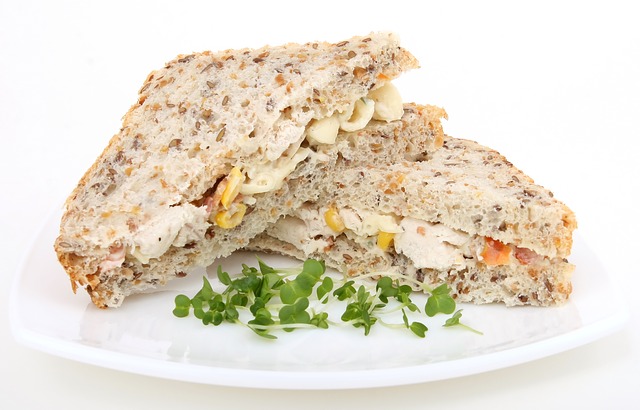Requirements for food packaging
Many foods cannot be sold, stored, or transported, or sold without appropriate packaging. In addition to its undeniable benefits, packaging has disadvantages as well. Time and again, production and disposal pollute the environment.
The main purpose of food packaging
Food packaging fulfills various functions. The main purpose is to protect the respective product from the time of packaging through transport and storage to consumption.

Packaging is an essential source of information for consumers, for example with regard to food labeling. It can therefore have a significant effect on the purchase decision of the customers. Manufacturers also take advantage of this, because: The packaging is an important advertising space that enables products to be distinguished from competitors. This is why car covers manufacturers make their packaging as innovative as possible.
The real purpose of food packaging
But the real purpose of packaging is protection, for example, to prevent the contents from being soiled or changed by mechanical influences. In addition, they keep harmful environmental influences such as oxygen, light, or moisture away from the product. In this way, spoilage caused by microorganisms, loss of vitamins, and changes in the aroma, as well as foreign smells, are contained. The aim of this is to have safe food that can be kept for as long as possible.
From the point of view of producers or manufacturers and retailers, packaging must
- enable damage-free transport
- be steadfast
- stack well
- and be lightweight to keep transportation costs down.
From the point of view of consumers, packaging must be
- be easy to use and practical
- be environmentally friendly
- protect the food
- and must not release any harmful substances into the food.
For example, consumers expect packaging to be easy to open and close. New product developments place additional demands on the packaging. Consumers want food that can be heated directly in the pack.
In terms of environmental protection, packaging must increasingly be recyclable or disposable with low levels of pollutants. The discussion about the increasing amounts of waste, the pollution of the oceans with plastic waste, and the problem of microplastics in the food chain leading to a growing desire for less expensive or unpackaged food.


